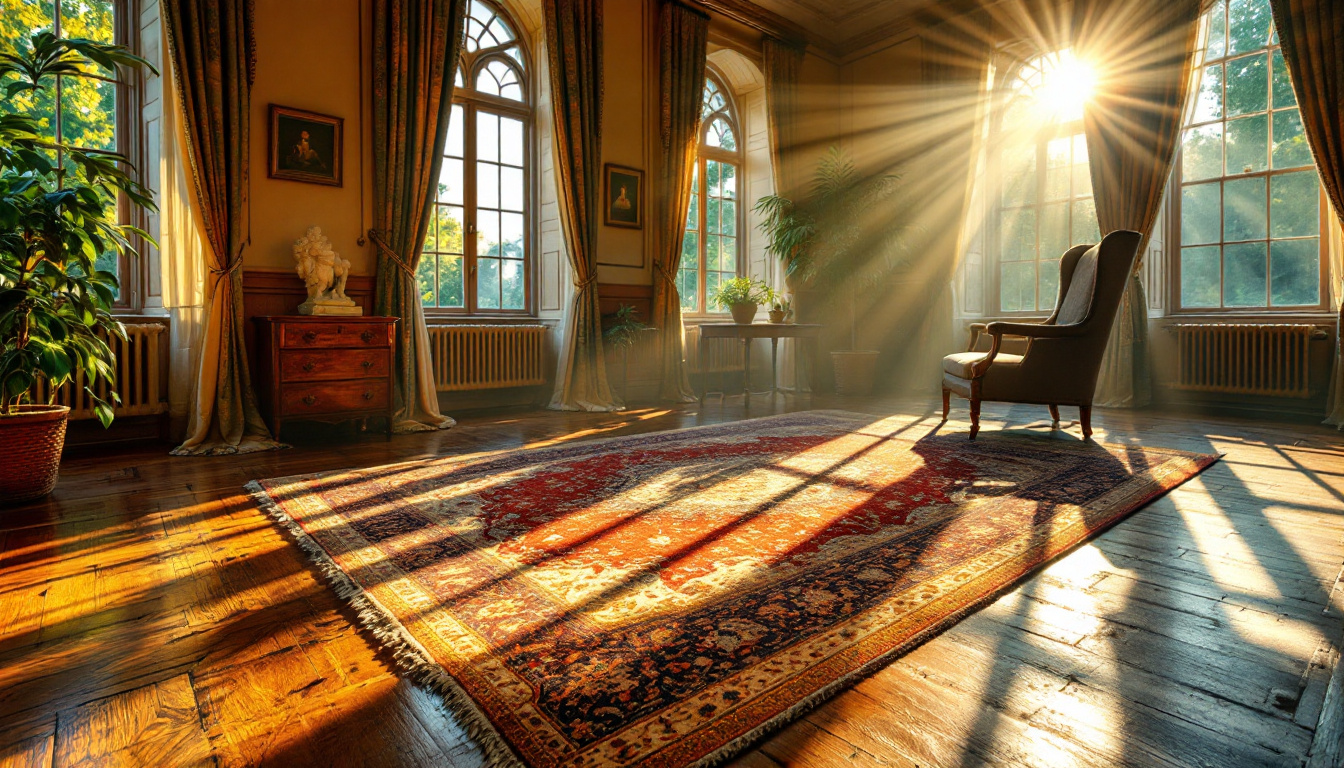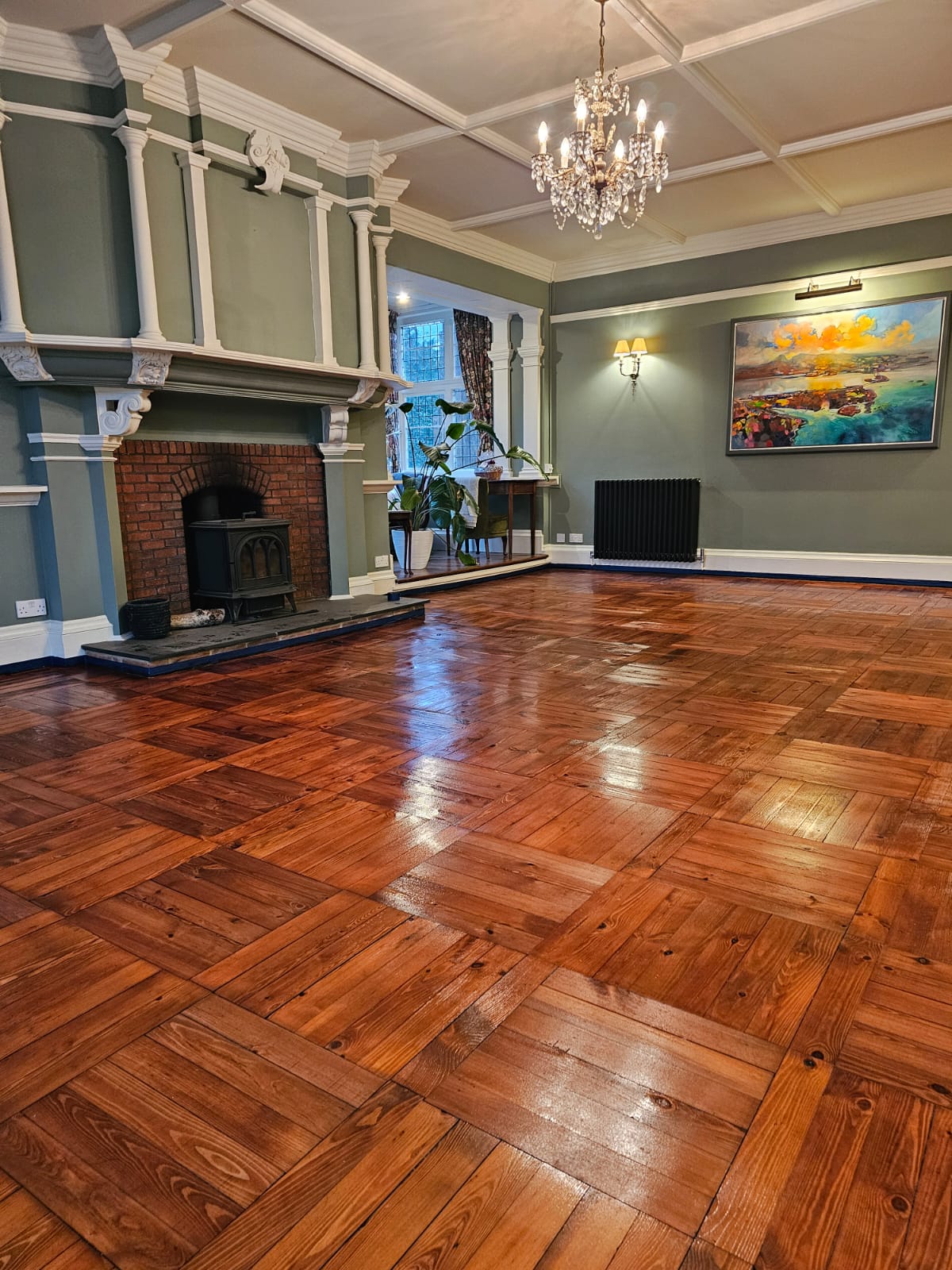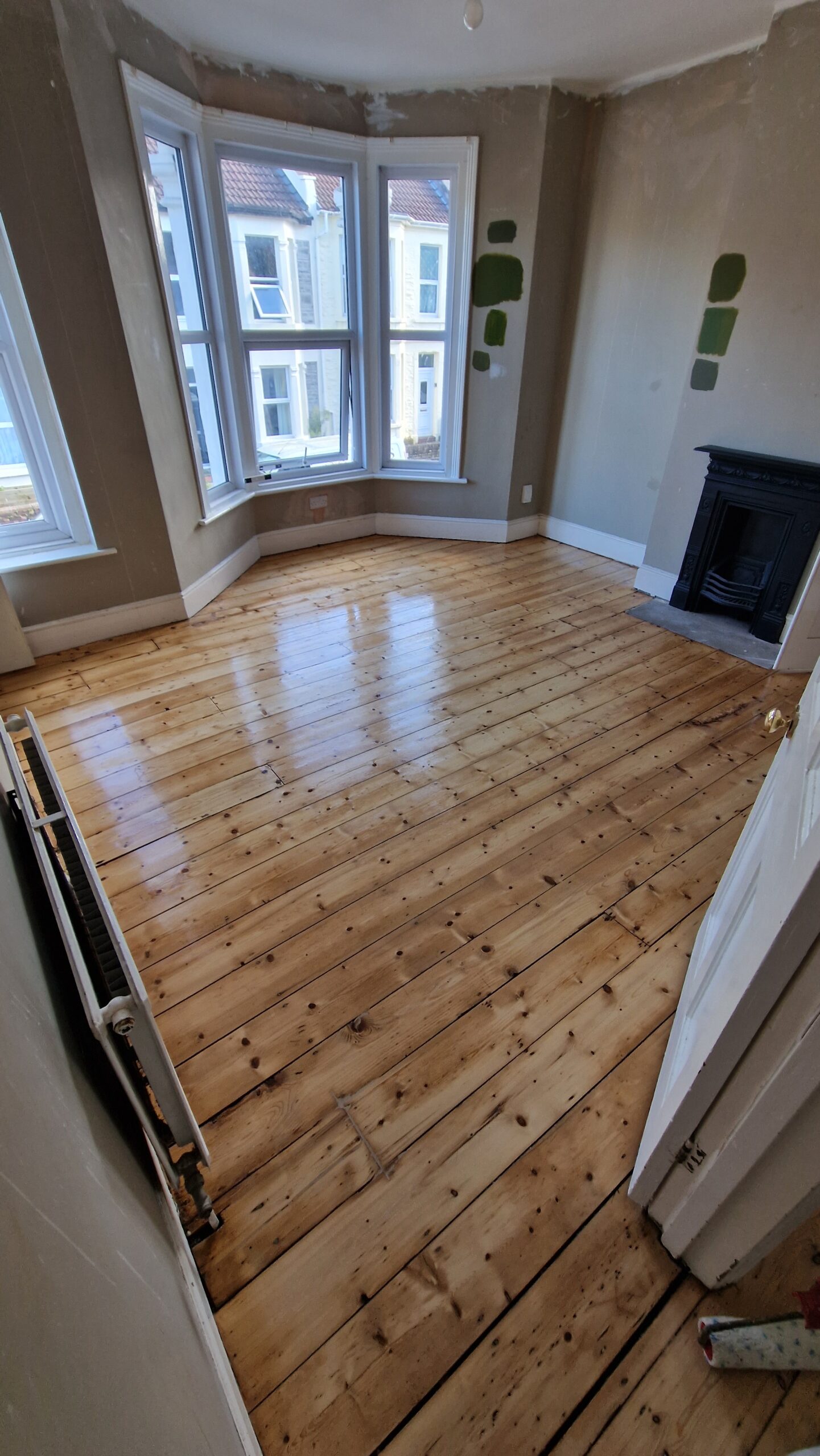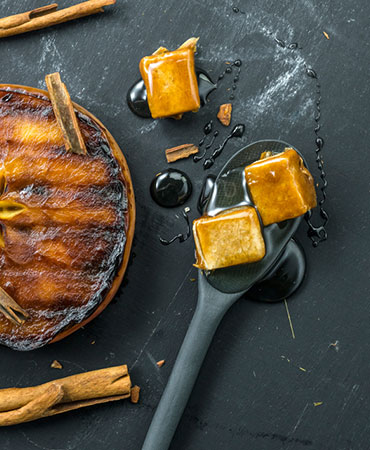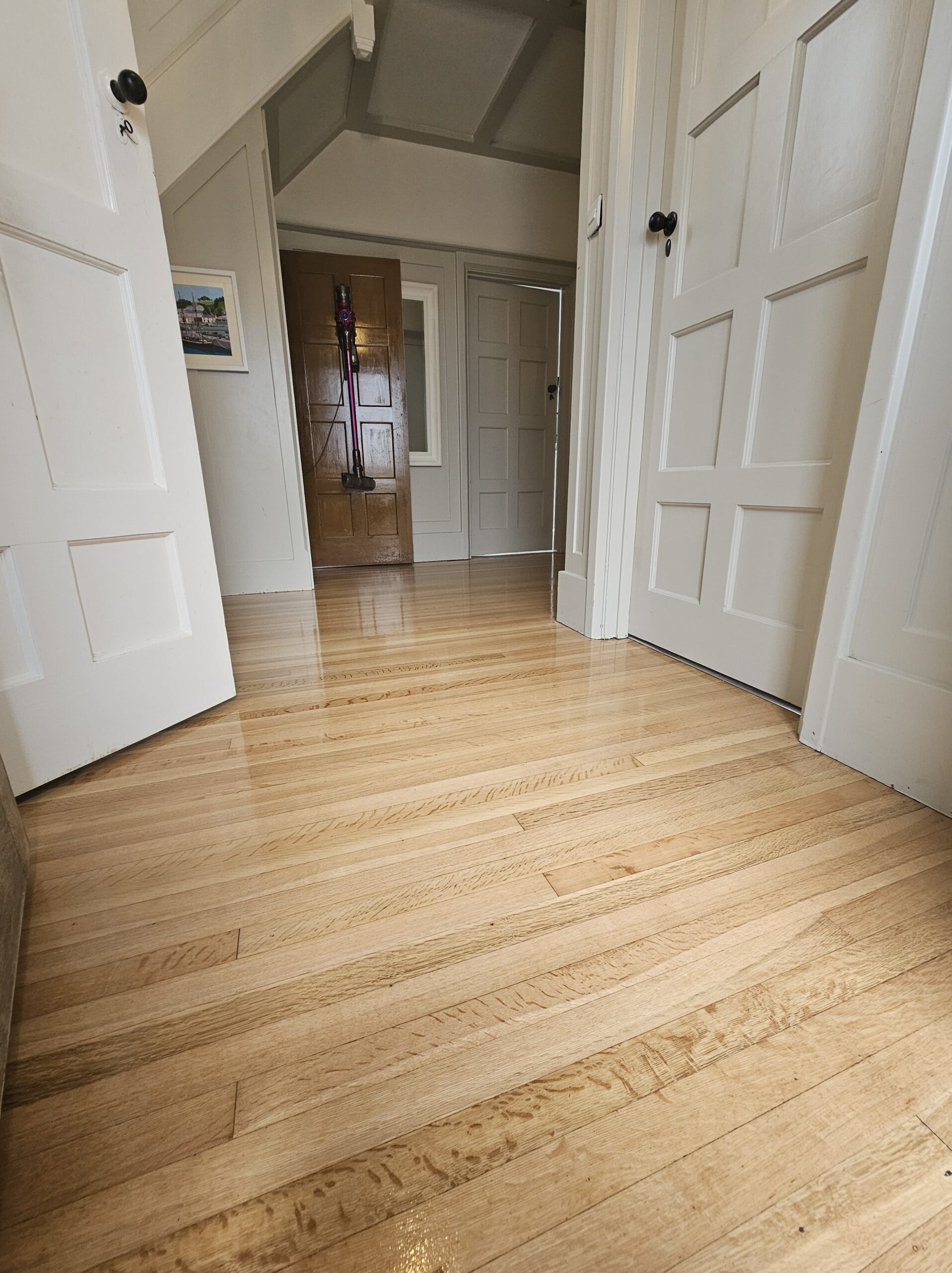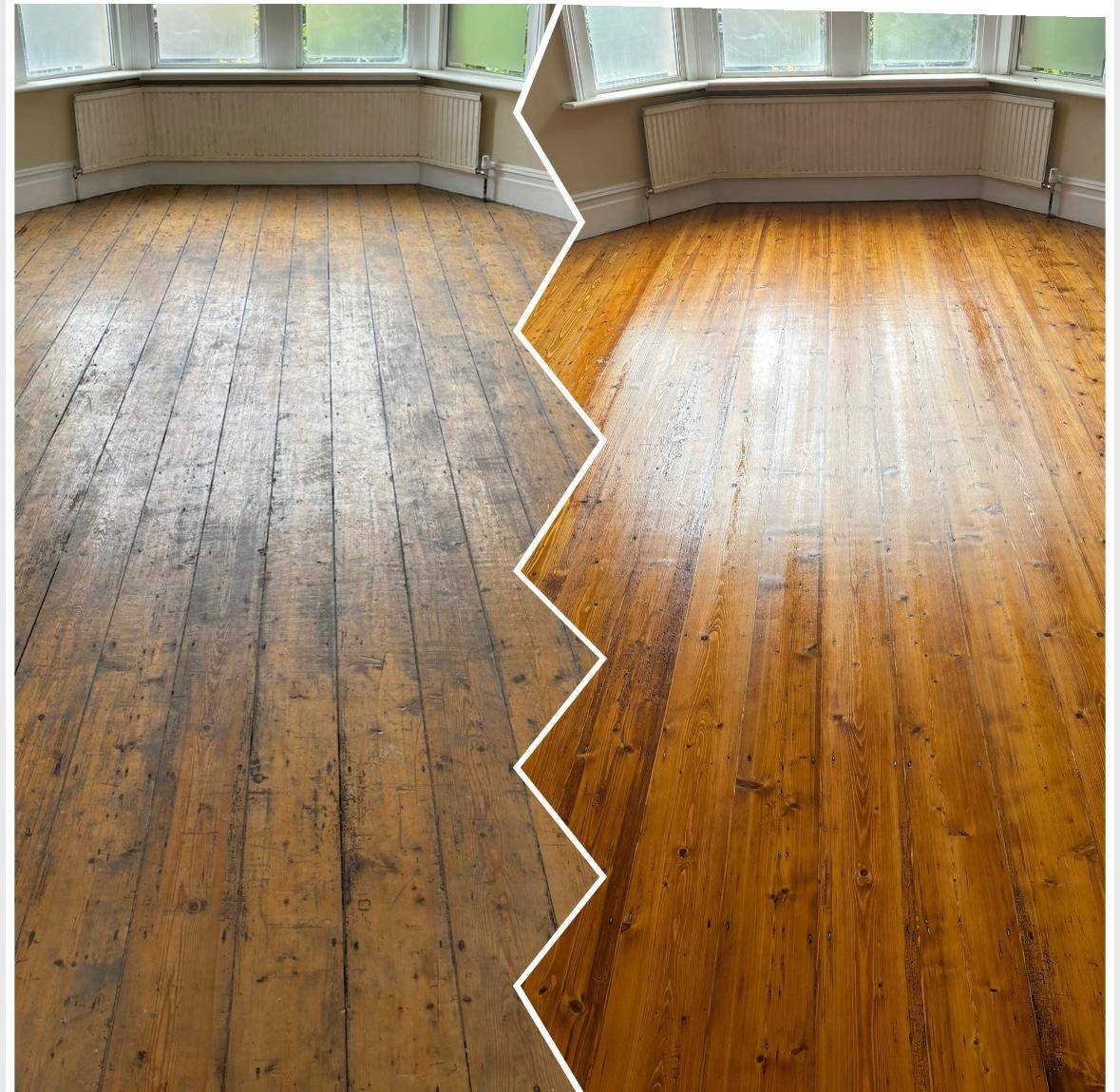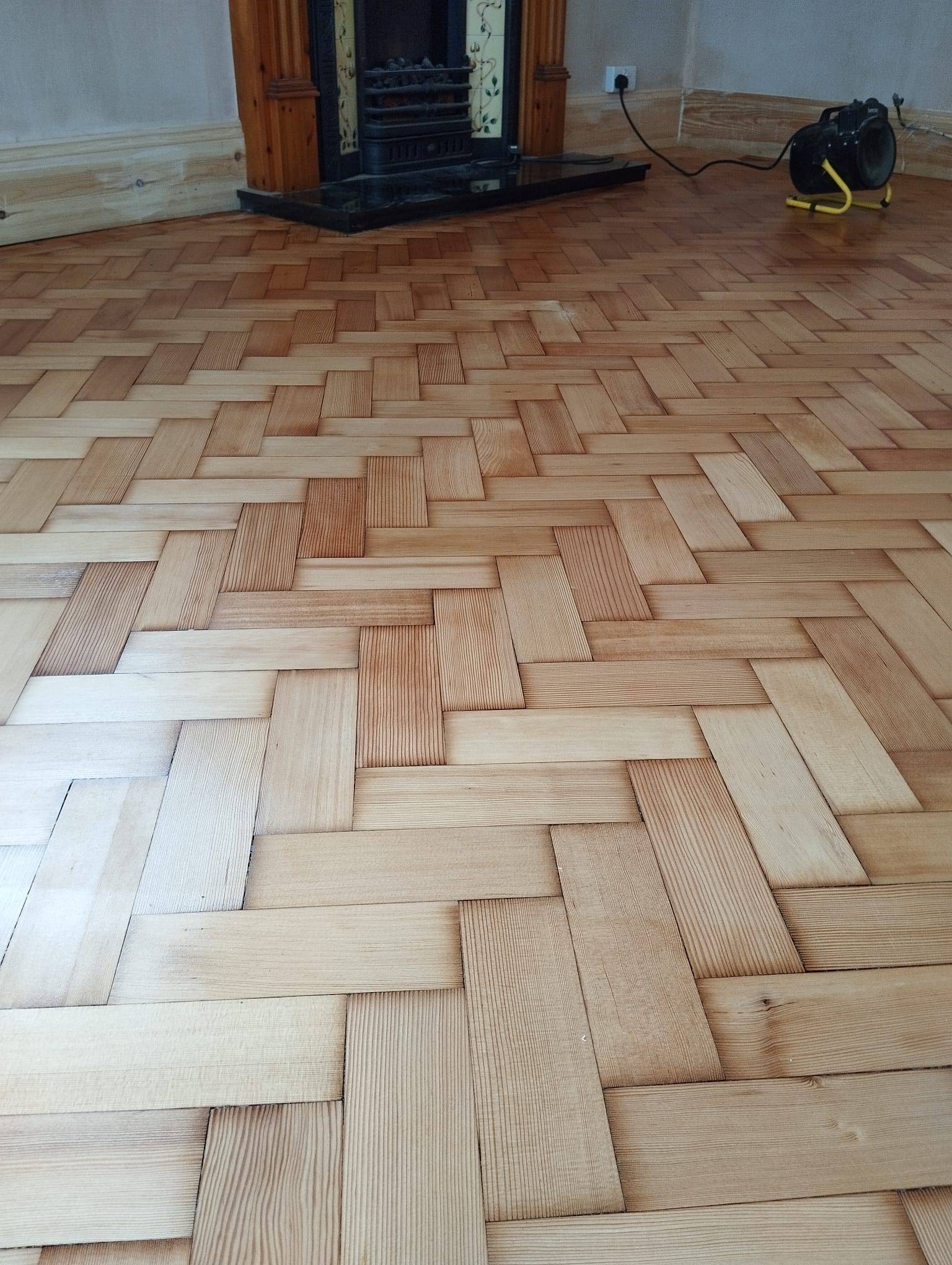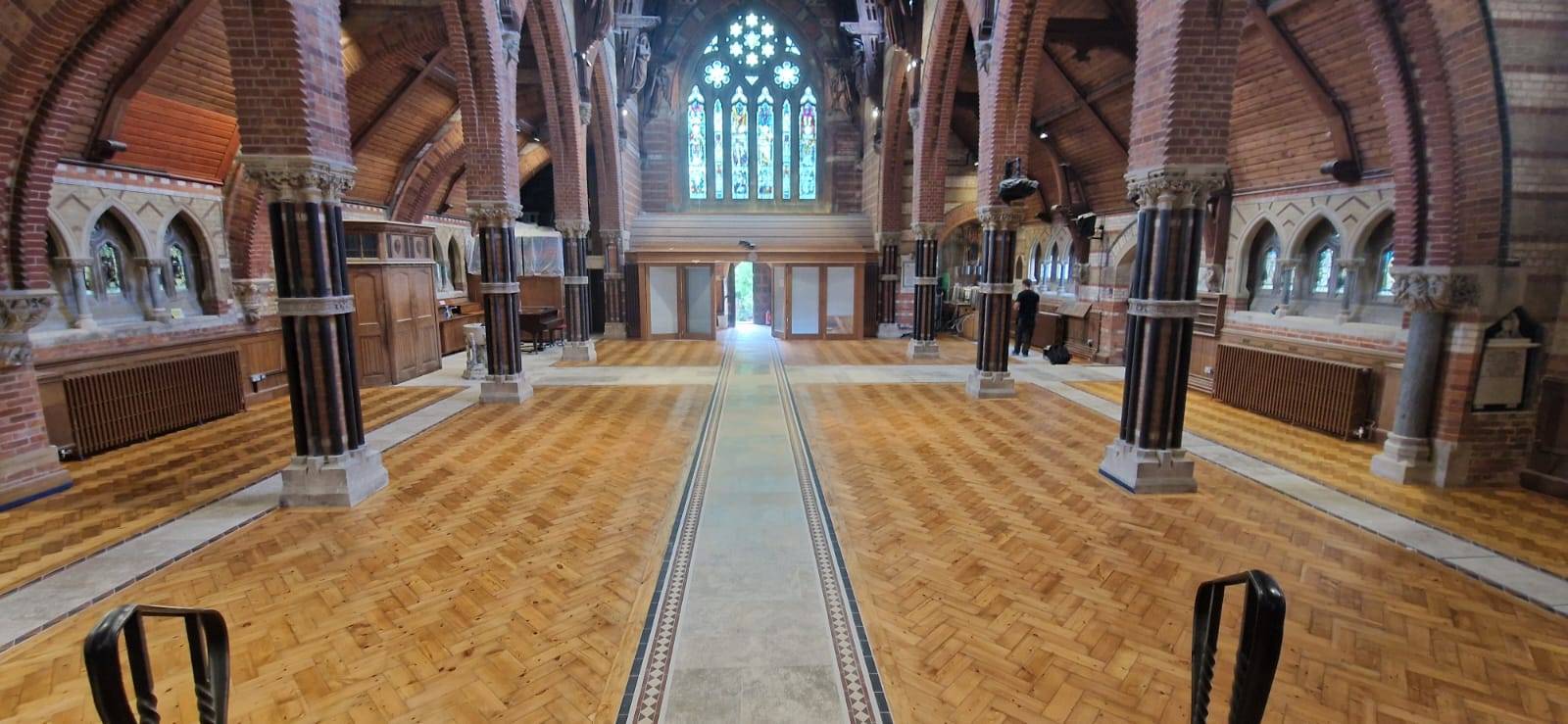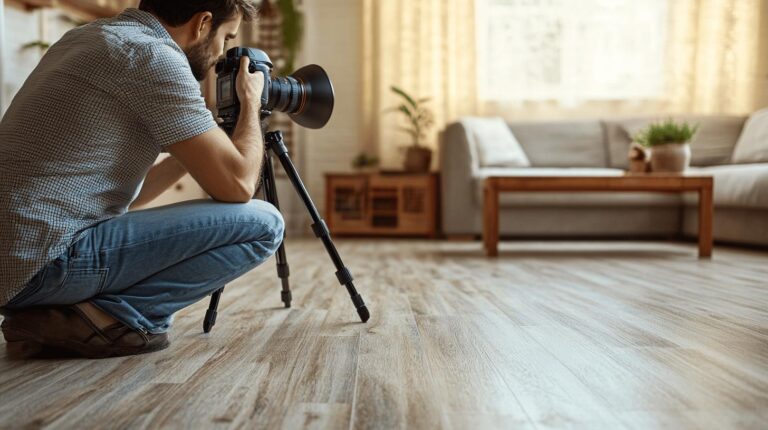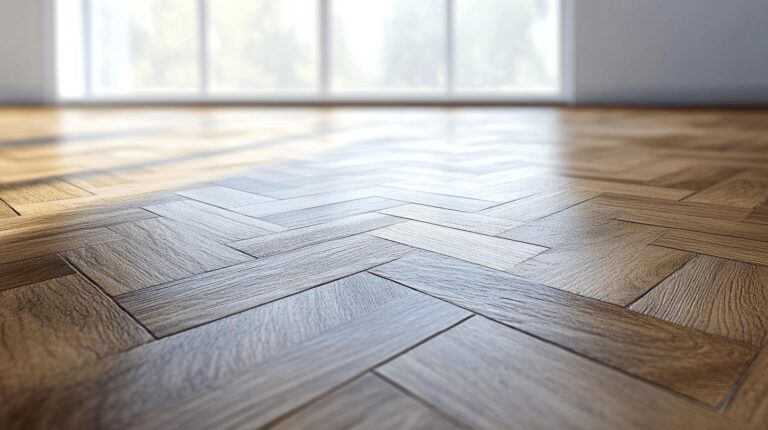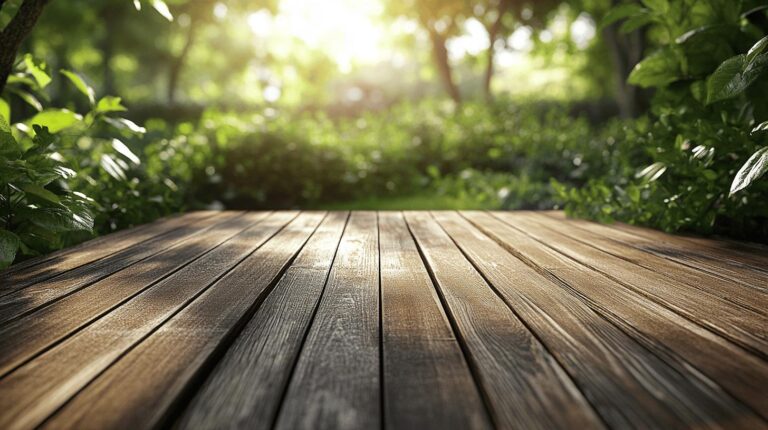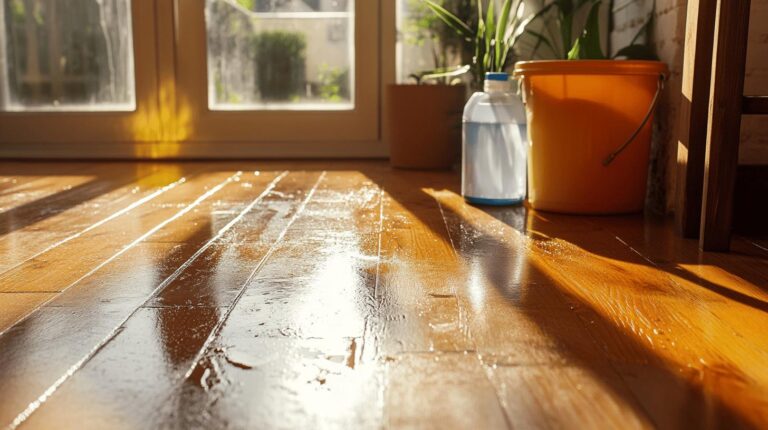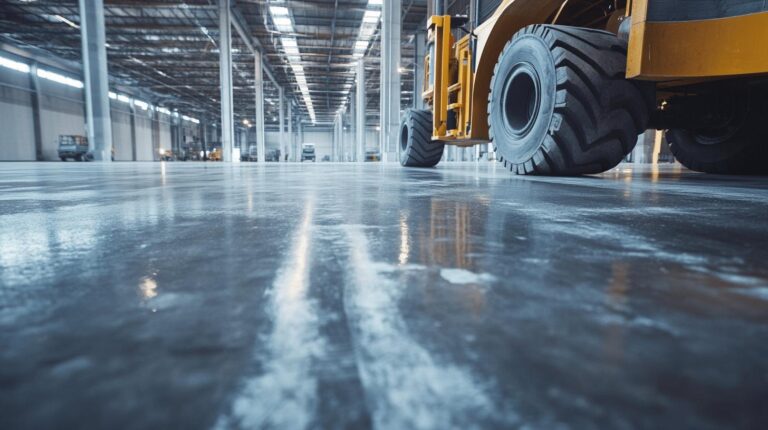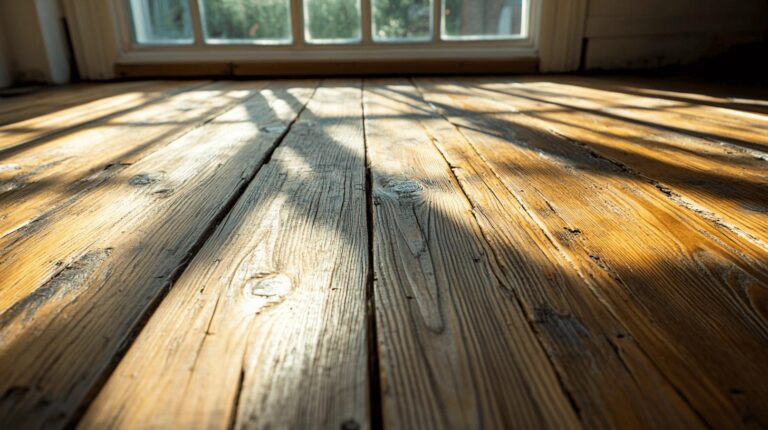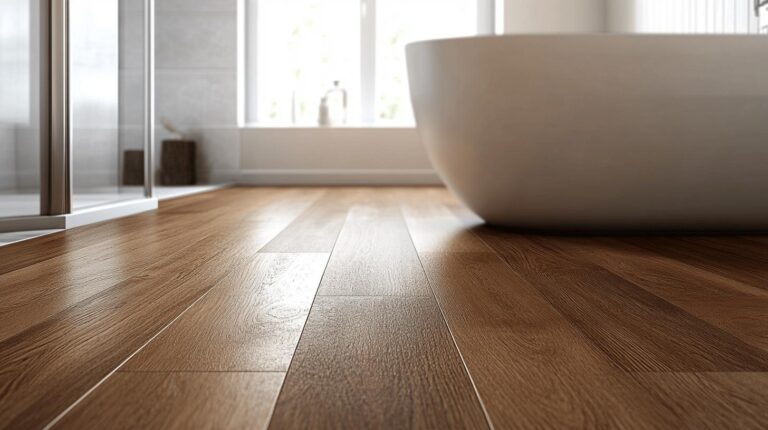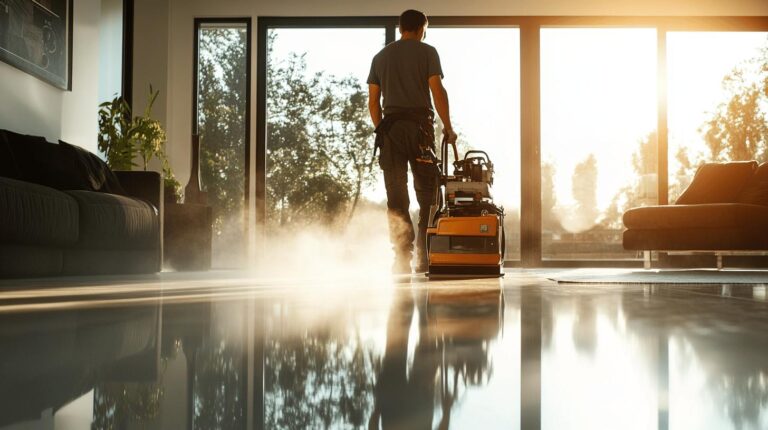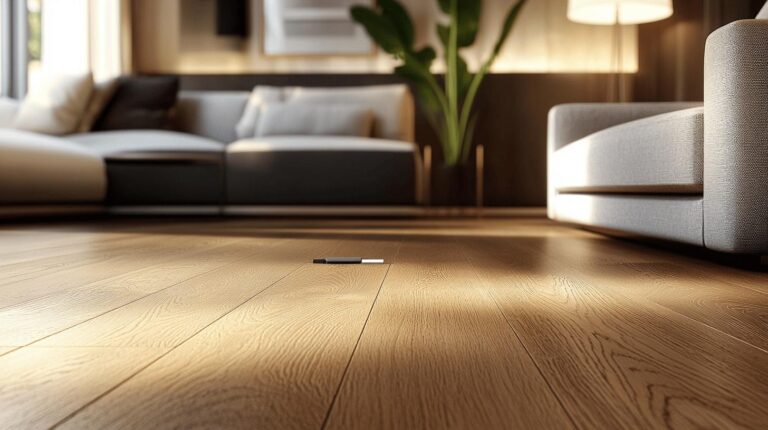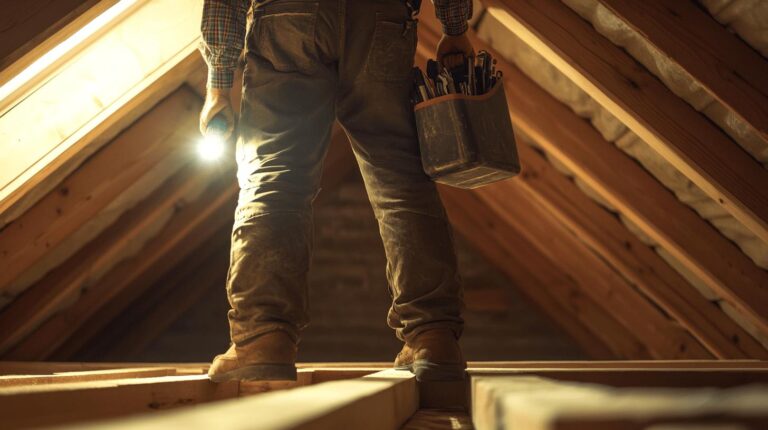Did you know that the enchanting glow of natural light streaming through your windows can pose a hidden threat to your wood floors? While the warmth of daylight brings life to a home, it also harbours the potential for damage through ultraviolet light, leading to the fading and discolouration of your cherished flooring. As wood floors are naturally photosensitive, they react to sunlight, making it crucial to understand the impact of various light forms. This article explores effective measures to guard against fading, ensuring that your floors remain as vibrant and beautiful as the day they were installed.
Understanding Sunlight’s Impact on Wood Flooring
Wood flooring is highly vulnerable to changes induced by different types of light, primarily ultraviolet (UV) light, visible light, and infrared (IR) light. UV exposure is particularly notorious for causing fading and bleaching in hardwood floors, as it breaks down the chemical bonds in the wood finish and sometimes the wood itself. Visible light, while less harmful than UV light, can still contribute to the gradual dulling of the floor’s colour over time. Infrared light, responsible for solar heat, can cause the wood to expand and contract, leading to warping or other structural changes if not properly managed. Understanding these interactions is crucial for effective floor care and maintenance.
- Fading of the wood’s surface colour
- Bleaching of finishes and stains
- Darkening in certain wood types
- Warping due to heat exposure
- Loss of sheen and glossiness
The natural photosensitivity of wood means it inherently reacts to sunlight exposure, leading to changes in its appearance over time. Different species of wood and finishes will respond uniquely to light exposure, with some darkening and others fading. By understanding these effects, homeowners can make informed decisions about protective measures, such as selecting appropriate finishes or employing strategic furniture placement, to mitigate the impact of sunlight on their wood floors.
Preventative Measures for Sun Damage
Regular maintenance is crucial in safeguarding wood floors from the detrimental effects of sunlight. Consistent care not only preserves the aesthetic appeal of the flooring but also extends its lifespan. As sunlight can cause fading, bleaching, and even warping of wood, implementing a routine maintenance schedule can mitigate these issues. A proactive approach includes cleaning, inspection, and the strategic use of protective measures to shield floors from excessive sun exposure. Attention to detail and commitment to upkeep play a vital role in maintaining the natural beauty and structural integrity of wood floors.
- Use UV-Protective Finishes: Applying a finish with UV inhibitors helps protect the wood surface by reflecting or absorbing harmful rays, thus slowing down the fading process.
- Move Rugs and Furniture Regularly: Periodically shifting rugs and furniture ensures even exposure to sunlight, preventing uneven fading and maintaining a consistent floor colour.
- Install Window Films: These films are designed to block UV and infrared light, reducing the potential for sun damage while allowing natural light to illuminate the space.
- Use Window Coverings: Drapes, blinds, or shades can effectively block or filter sunlight, reducing direct UV exposure on the wood surface.
- Reapply Protective Coatings: Regularly reapplying protective finishes maintain the floor’s defence against sunlight and help preserve its original appearance.
While these preventative steps can significantly reduce sun damage, it’s important to recognise their limitations. No finish or protective measure can completely eliminate the risk of fading, as wood’s natural photosensitivity means some degree of change is inevitable. Consistent application and reapplication of these methods are essential for their effectiveness. Homeowners must remain vigilant and adapt their strategies as needed to ensure their wood floors remain vibrant and well-protected against the relentless effects of natural light.
Effective Window Treatments for UV Protection
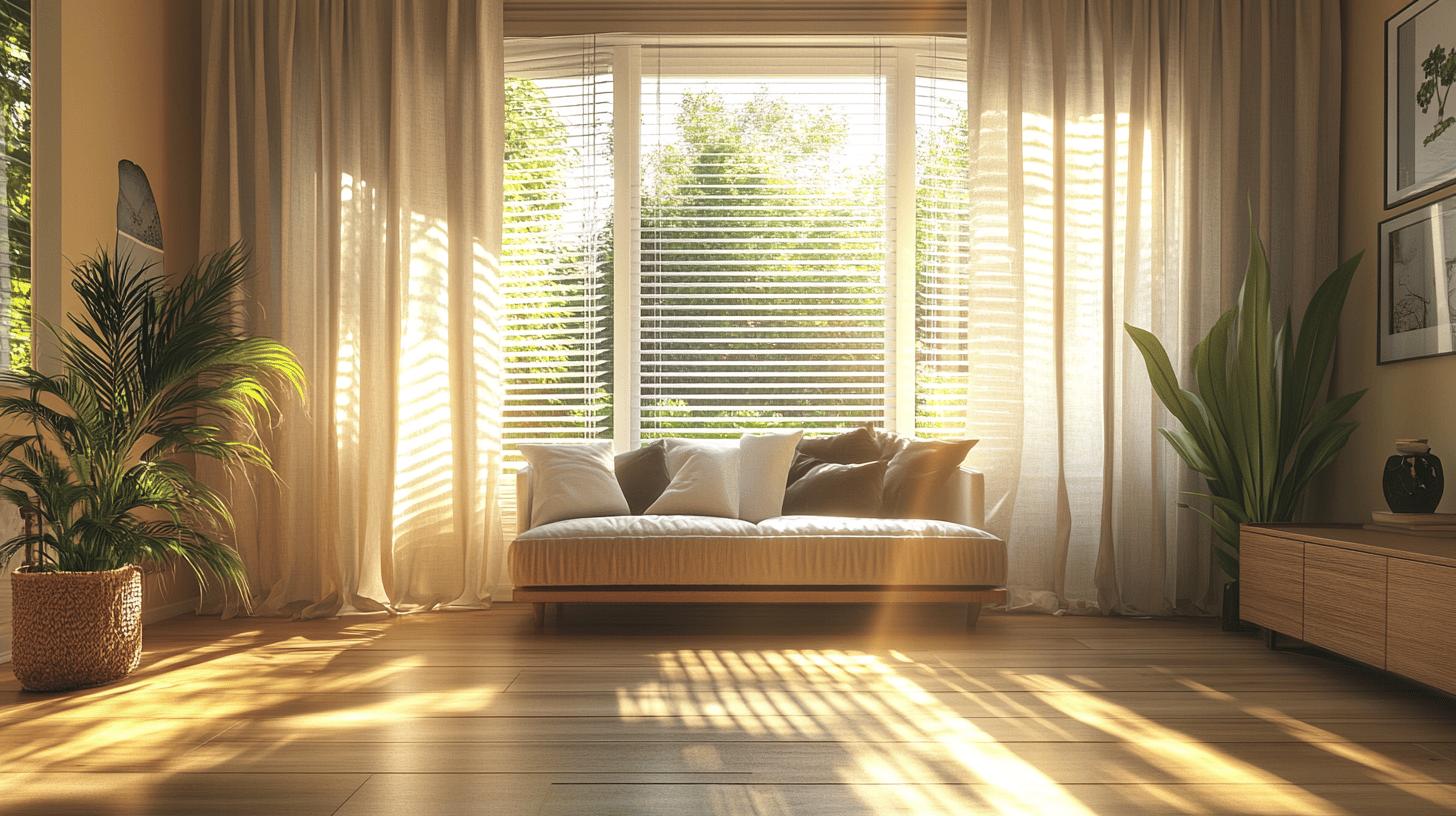
Window treatments play a crucial role in protecting wood floors from the harmful effects of sunlight. By installing options such as blinds, shades, curtains, or window films, homeowners can significantly reduce the amount of ultraviolet (UV) and infrared (IR) light that reaches their flooring. These treatments not only help prevent fading and bleaching by blocking or filtering harmful rays but also contribute to maintaining a consistent room temperature, thus preventing warping due to solar heat. The versatility of window treatments allows for tailored solutions that suit different room requirements and aesthetic preferences while offering a practical barrier against sun damage.
Integrating window treatments with existing home decor is a seamless process, as they come in a variety of styles, materials, and colours to match any interior design. Blinds and shades can be chosen to complement the minimalist or modern aesthetics, while curtains can add a touch of elegance or warmth to a space. Window films are a discreet solution that maintains a clear view while offering substantial UV protection. By selecting the right combination of treatments, homeowners can protect their wood floors effectively while enhancing the overall appearance and comfort of their living spaces.
Choosing the Right Finishes for Sun Protection
Selecting the proper finish for hardwood floors is imperative to protect against the fading and darkening effects of sunlight. The finish acts as a barrier between the wood and harmful UV rays, which can degrade the floor’s appearance over time. A well-chosen finish not only enhances the aesthetic appeal of the wood but also extends the lifespan of the flooring by providing essential protection. Understanding the characteristics of different finishes allows homeowners to make informed choices that meet both their protective needs and design preferences.
Several types of finishes are available, each offering varying levels of sun protection. UV-resistant finishes are specifically formulated to absorb or reflect UV rays, thereby reducing the potential for fading. These finishes often contain UV inhibitors, which are chemicals designed to slow the fading process. Polyurethane finishes, both water-based and oil-based, are popular choices due to their durability and protective qualities. Water-based polyurethanes tend to be clearer, offering minimal colour alteration, while oil-based versions provide a warmer tone but may amber over time. Other options, like aluminium oxide finishes, are known for their exceptional hardness and long-lasting protection, making them suitable for areas with high sun exposure.
Recommendations for balancing protection and visual appeal include considering finishes offered by experts like Ryan’s Restoration. They provide options that cater to both the functional and aesthetic aspects of floor maintenance. These finishes are designed to preserve the natural beauty of the wood while offering robust protection against sunlight. By choosing a high-quality finish, homeowners can ensure that their floors remain vibrant and resilient against the inevitable effects of natural light.
Maintenance Tips for Long-Lasting Wood Floors
Routine maintenance is vital for preserving the beauty and durability of wood floors. Regular upkeep not only extends the lifespan of the flooring but also enhances its appearance, ensuring it remains vibrant and appealing. Maintenance involves a combination of cleaning, protection, and strategic management to safeguard against everyday wear and sunlight exposure. Consistent efforts in maintaining wood floors can prevent common issues such as fading, warping, and dullness, thereby protecting your investment and maintaining the aesthetic integrity of your space.
- Establish a regular cleaning schedule using appropriate wood floor cleaners.
- Use mats at entryways to reduce dirt and grit tracked onto floors.
- Employ humidifiers to maintain optimal humidity levels and prevent warping.
- Rearrange furniture and rugs periodically to ensure even sunlight exposure.
- Apply protective pads to furniture legs to prevent scratches.
- Consider professional maintenance services for thorough care and repair.
Implementing a regular cleaning schedule is fundamental to preventing the buildup of dirt and grime that can scratch and dull the floor’s surface. Using specialised wood floor cleaners, rather than harsh detergents, maintains the finish and avoids damage. Mats at entryways act as the first line of defence, capturing dirt and grit from shoes, which can otherwise lead to scratches and premature wear. Additionally, maintaining consistent humidity levels with humidifiers is crucial, especially in regions with fluctuating climates, as it prevents the wood from expanding or contracting excessively.
Rearranging furniture and rugs is a strategic practice to ensure all areas of the floor receive equal sunlight exposure. This prevents uneven fading or darkening, which can occur when certain spots receive more light than others. Applying protective pads to the legs of furniture minimises the risk of scratches and dents during movement. Lastly, for comprehensive maintenance and repair, professional services such as those offered by Ryan’s Restoration provide tailored care, addressing specific issues and performing restorative tasks that extend the floor’s condition and appearance.
Final Words
Protecting wood floors from sunlight involves understanding the effects of UV, visible, and infrared light on wood’s photosensitive nature. Preventative measures, like using UV-protective finishes, rearranging rugs, and applying specific finishes, play crucial roles in maintaining floor integrity. Complementary strategies, such as effective window treatments, offer additional protection by minimising direct sunlight exposure. Choosing appropriate finishes and adhering to regular maintenance routines is vital for preserving the appearance and longevity of wood floors. Combining these strategies helps in mitigating sunlight damage, ensuring the aesthetic and functional value of natural light and wood floors is retained for years to come.
FAQ
How do you protect wood floors from sun damage?
Wood floors can be protected from sun damage by using UV-protective finishes, regularly moving rugs and furniture, and installing window treatments like blinds, shades, or films to reduce sunlight exposure.
What flooring does not fade in the sun?
No flooring is completely immune to sun fading, but options like infused vinyl or stone tiles experience less noticeable fading compared to wood. They provide more resilience to UV exposure and retain their appearance longer.
How do you stop hardwood floors from fading?
Stopping hardwood floors from fading involves applying UV-inhibiting finishes, using blinds or UV-blocking window films, and regularly rearranging rugs and furniture to ensure even sunlight exposure across the flooring.
What naturally shines hardwood floors?
Naturally, shining hardwood floors can be achieved by using high-quality natural oils or waxes specifically designed for wood. These treatments not only enhance shine but also provide a protective layer against minor surface damage.
